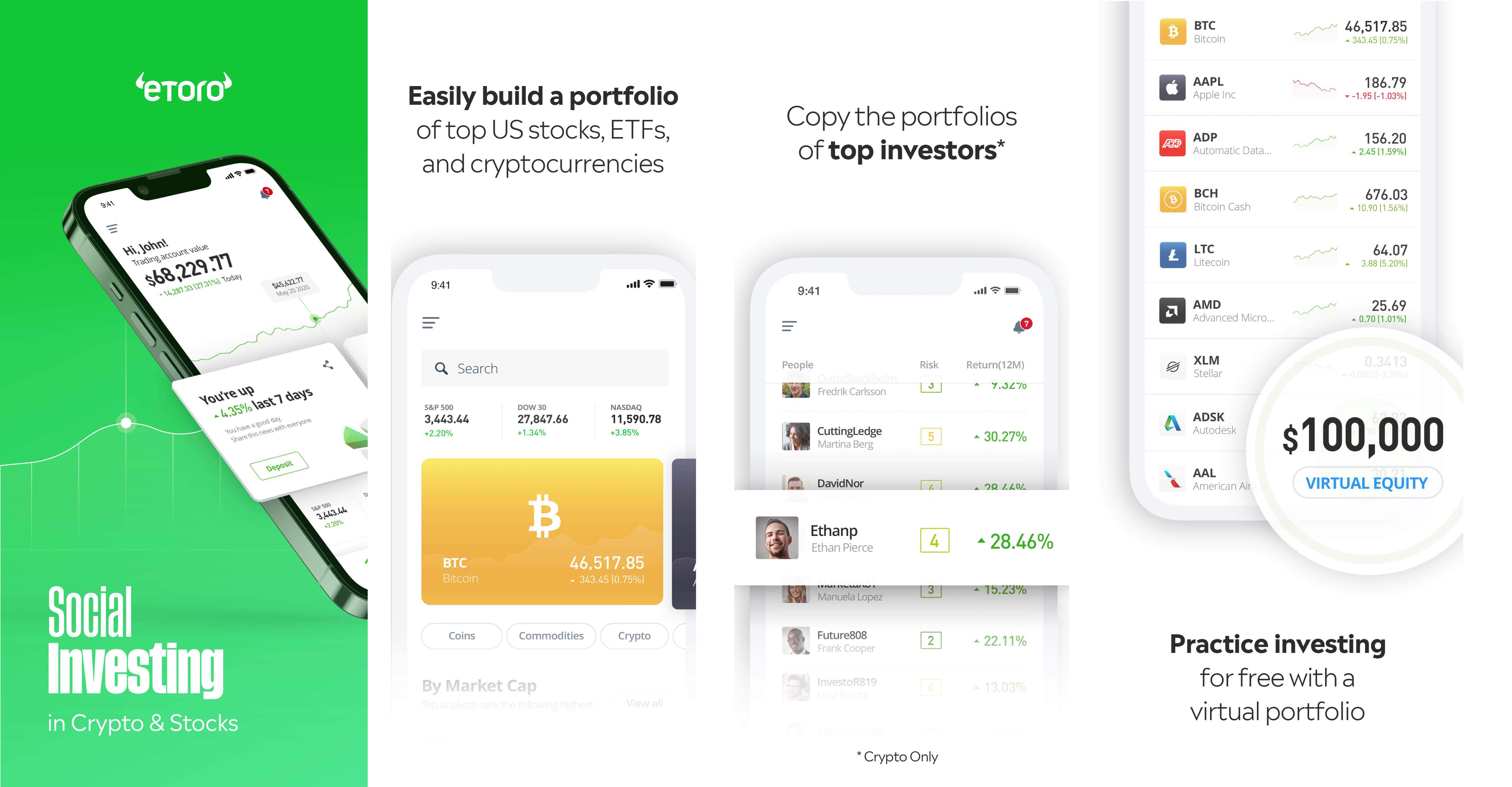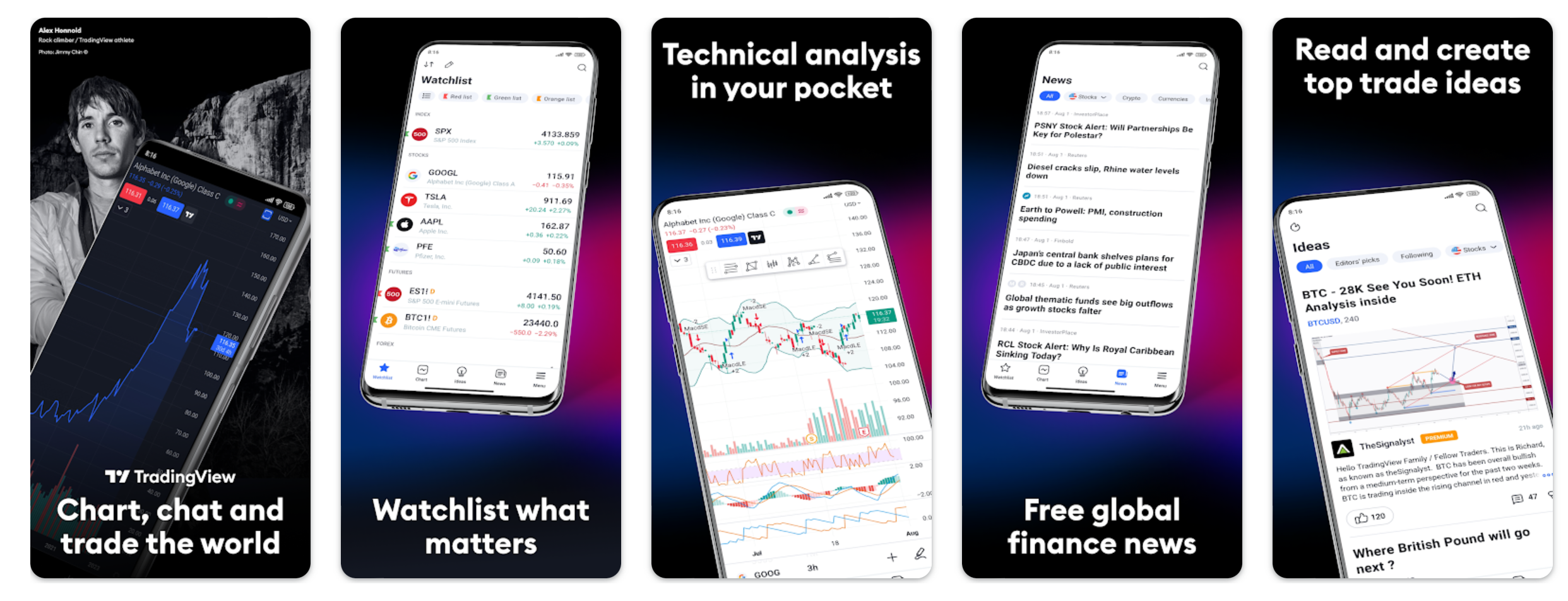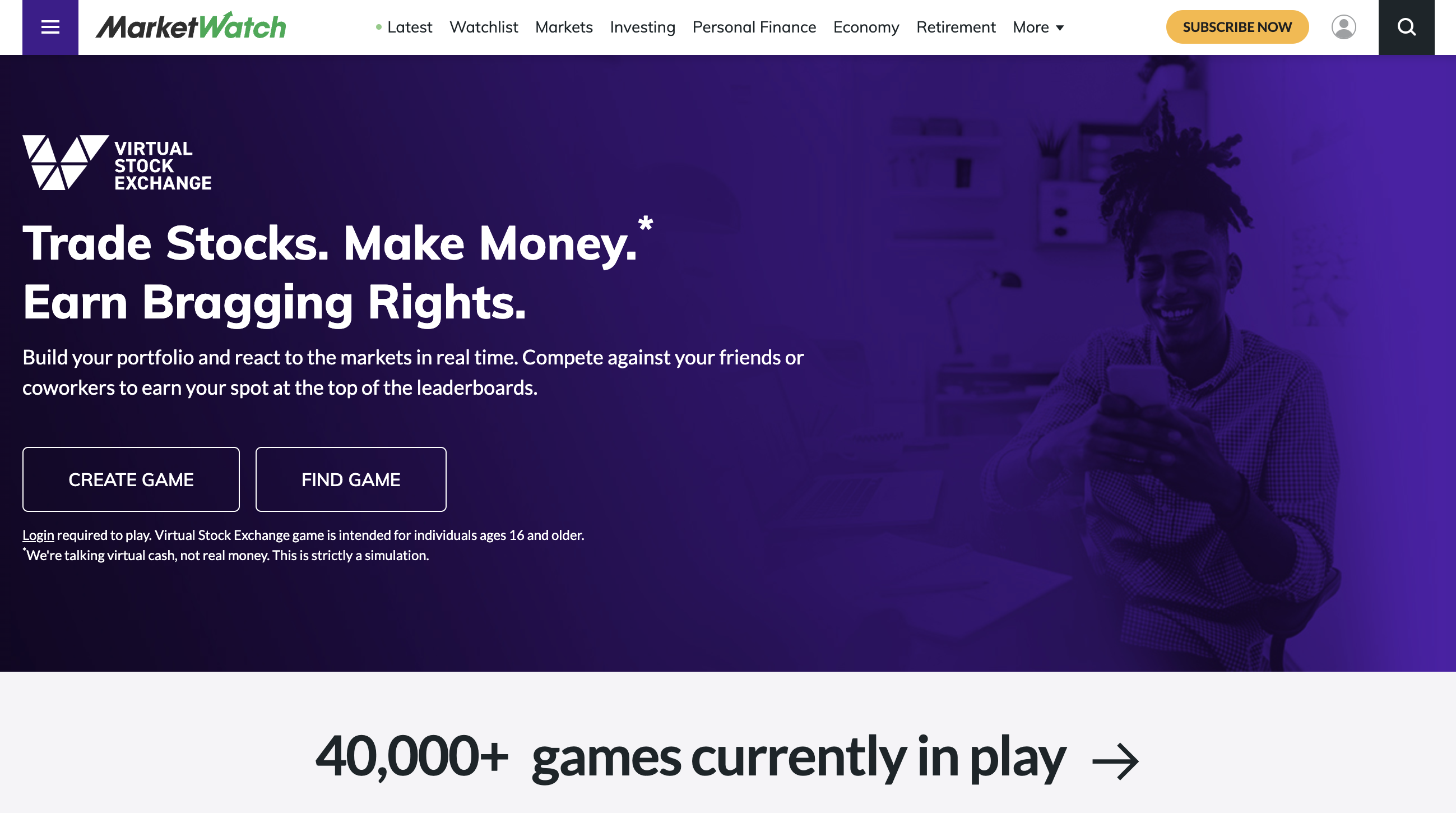
Who would you trust more to fly an airplane: someone who has logged 1,000 hours in a simulator and has equal experience in real flying, or someone who has only logged 50 hours in a simulator? The answer is certainly obvious. Simulator training is an essential aspect of both professions, allowing pilots and traders to hone their skills and prepare for real-world scenarios without the risk of failure.
Imagine being able to fly through a storm or execute a trade during a market crash, all while sitting comfortably in your room. It’s a stress-free way to learn. And the best part? No one will judge you for crashing the plane or losing money in a simulated trade.
As Warren Buffett wisely said, “Risk comes from not knowing what you’re doing.” Utilizing stock market simulators helps you understand market dynamics without the fear of losing real money. Curious about where these games came from? Here’s the history of the stock market game.
So, without further ado, let’s dive into the best stock trading simulators available in 2025. ⚡
🥇Best Overall Stock Market Simulator – The Trading Game – Download
The Trading Game is a stock market game and trading simulator for beginners, trusted by over 2.4 million students worldwide. Their comprehensive stock school and simply explained strategies help you build competence fast.
Quick facts
- 🤹 Available assets: 100+ stocks, 50+ cryptos, 30 currency pairs, 20 commodities, 10 indices
- 🛠️ Indicators: Moving Average, RSI, MACD, Bollinger Bands
- ⏰ Time frames: 15s, 1m, 5m, 15m, 1H, 1D, 1W, 1M
- Best for: Beginners
👍 What we liked
- Illustrated lessons perfect for first steps.
- Clear path from basics to intermediate ideas.
- Battle mode to test your skills against others.
- Live prices and many asset classes.
- Personal performance stats and simple risk tools.
👎 What we didn’t like
- No asset search bar yet.
- A few advanced indicators missing.
Our verdict
The Trading Game nails the on-ramp for newcomers. “The most important investment you can make is in yourself.” — and reps here are cheap.
Why The Trading Game is the best choice for beginners
The UI is approachable and the lessons are paced well. Pair it with our free online stock trading course and a quick read on what paper trading is to lock in fundamentals.
🥈Best for Social Trading – eToro – Download
eToro is a multi-asset investment platform. The value of your investments may go up or down. Your capital is at risk.
An eToro demo account gives you a simulated balance to explore copy trading, feeds, and watchlists. If social learning motivates you, go deeper with our guides on social trading benefits and finding the best traders on eToro.
Quick facts
- 🤹 Assets: 3,000+ across stocks, ETFs, crypto, commodities and more
- 🛠️ Indicators: 100+
- ⏰ Time frames: 1m to 1W
- Best for: Beginners and pros who like crowdsourced ideas
👍 What we liked
- Unlimited demo to practice until you’re comfy.
- Copy trading and stats to evaluate leaders.
- Broad asset coverage and education.
👎 What we didn’t like
- No dedicated desktop app.
- Some features unlock on real accounts only.
Our verdict
Friendly interface and social-first learning. “It’s better to hang out with people better than you…” — copy trading, but do it thoughtfully.
eToro’s unique social trading experience
Use the demo to study traders’ drawdowns and risk scores. Cross-check with your own backtests to avoid chasing short-term luck. Tiny tweak, big results.
Best for Pro Traders – TradingView – Download
TradingView is the go-to for deep charting and Pine Script strategy work. If you’re stepping from demo to live, review risk-reward math and compare mobile trading apps for actual execution.
Quick facts
- 🤹 Assets: Stocks, forex, crypto, futures, indices and more
- 🛠️ Indicators: 100+ built-in plus unlimited custom scripts
- ⏰ Time frames: 1 second to monthly
- Best for: Pro traders and tinkerers
👍 What we liked
- Powerful charting, alerts, screeners.
- Massive community for shared ideas.
- Broker integrations for routing.
👎 What we didn’t like
- Can overwhelm newcomers.
- Advanced features require a paid plan.
Our verdict
For chart-heavy workflows, TradingView delivers alot of value. “Price is what you pay. Value is what you get.” — tools that improve decisions usually pay for themselves.
TradingView’s advanced features for pros
Use multi-timeframe confluence and log every trade. Boring habit, huge edge over time. Also, definetly keep a simple equity-curve chart to spot overfitting early.
For Great Trading Insights – Investopedia Simulator – Website
Investopedia’s simulator helps you practice stocks and options with structured lessons. Complement it with primers on market capitalization and bid vs ask so jargon doesn’t slow you down.
Quick facts
- 🤹 Assets: 6,000+ stocks and options
- 🛠️ Charting: Basic tools
- ⏰ Horizons: 1D, 1M, 3M, 1Y, 5Y
- Best for: Beginners, intermediate traders
👍 What we liked
- Trusted explainers and quizzes.
- Good structure for self-paced learning.
- Clear terminology support.
👎 What we didn’t like
- No dedicated mobile simulator app.
- Limited asset classes and short time frames.
Our verdict
Solid for fundamentals and vocabulary. “The more you learn, the more you’ll earn.” — still true.
Investopedia’s commitment to education
Interleave study and trading, dont cram. Short daily sessions beat weekend marathons for retention.
For Private Games with Friends – MarketWatch Virtual Stock Exchange – Website
Virtual Stock Exchange from MarketWatch lets you simulate trades with live prices and create private leagues for friends or classes.
👍 What we liked
- Custom private games and rules.
- Choose starting capital.
- Interface improvements in recent updates.
👎 What we didn’t like
- Registration can feel lengthy.
- Mobile UX could be better.
Our verdict
News plus a sandbox is a strong combo. “The stock market is a device for transferring money from the impatient to the patient.” — use leagues to train patience.
MarketWatch’s enhanced features
Rotate roles in your group: news curator, trade logger, risk checker. Small rituals beat random clicking over time.
How to choose the best stock market simulator
Evaluate:
- Realism: Real-time data and realistic order handling.
- Education: Lessons, quizzes, and guided paths.
- Usability: Clean UI and simple navigation.
- Customizability: Difficulty and rules you can tweak.
- Social features: Leagues, chats, copy tools.
- Mobile apps: Practice on the go.
- Cost: Free tiers vs paid plans.
- Reputation: Track record and community feedback.
Also check platform uptime and data quality. A stable sim on major events days is worth its weight in gold.
Why use a simulator
- Learn safely: Build intuition without losing money.
- Test strategies: Try momentum, value, pairs, or options ideas.
- Understand volatility: See how news moves prices.
- Low-cost reps: Skill building without fees.
- Better decisions: Practice entries, exits, and sizing.
Fun sidenote: before apps, students played with newspapers and pencil entries. The idea is older than it looks.
Pros and cons
Pros:
- Learn mechanics: Orders, spreads, slippage.
- Risk-free practice: Gain experience without real losses.
- Experiment: Iterate faster across ideas.
Cons:
- Confidence bias: Emotions aren’t the same without money.
- Simplifications: Some sims gloss over microstructure.
Conclusion
Simulators are the safest path to competence. Whether beginner or experienced, pick one that fits your goals and get reps. “Someone’s sitting in the shade today because someone planted a tree a long time ago.” Plant yours now. If you’re brand-new, start with our free course and the primer on starting to invest.
Frequently asked questions
1. Are stock market simulators free?
Many offer free versions with core features. Advanced tools may require a paid plan. Always check pricing before you sign up.
2. Can I trade real money on these simulators?
No. Simulators are for practice and education. They use virtual balances so you don’t risk real capital.
3. Are the stock prices in simulators real?
Most reputable simulators use real-time or near real-time data. Some introduce short delays.
4. Can simulators help me become a better trader?
Yes. You can test strategies, learn market structure, and improve decisions without losses.
5. Do simulators reflect real trading emotions?
Not fully. Without real money, emotions are dampened. When you go live, start small and ramp slowly.






